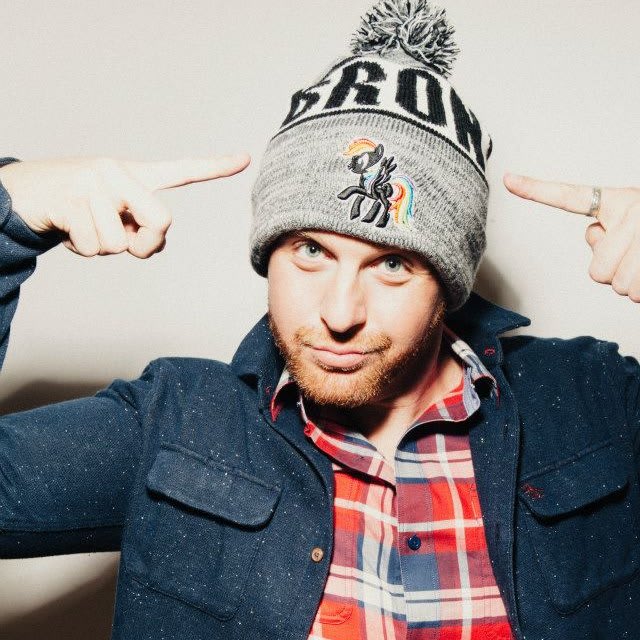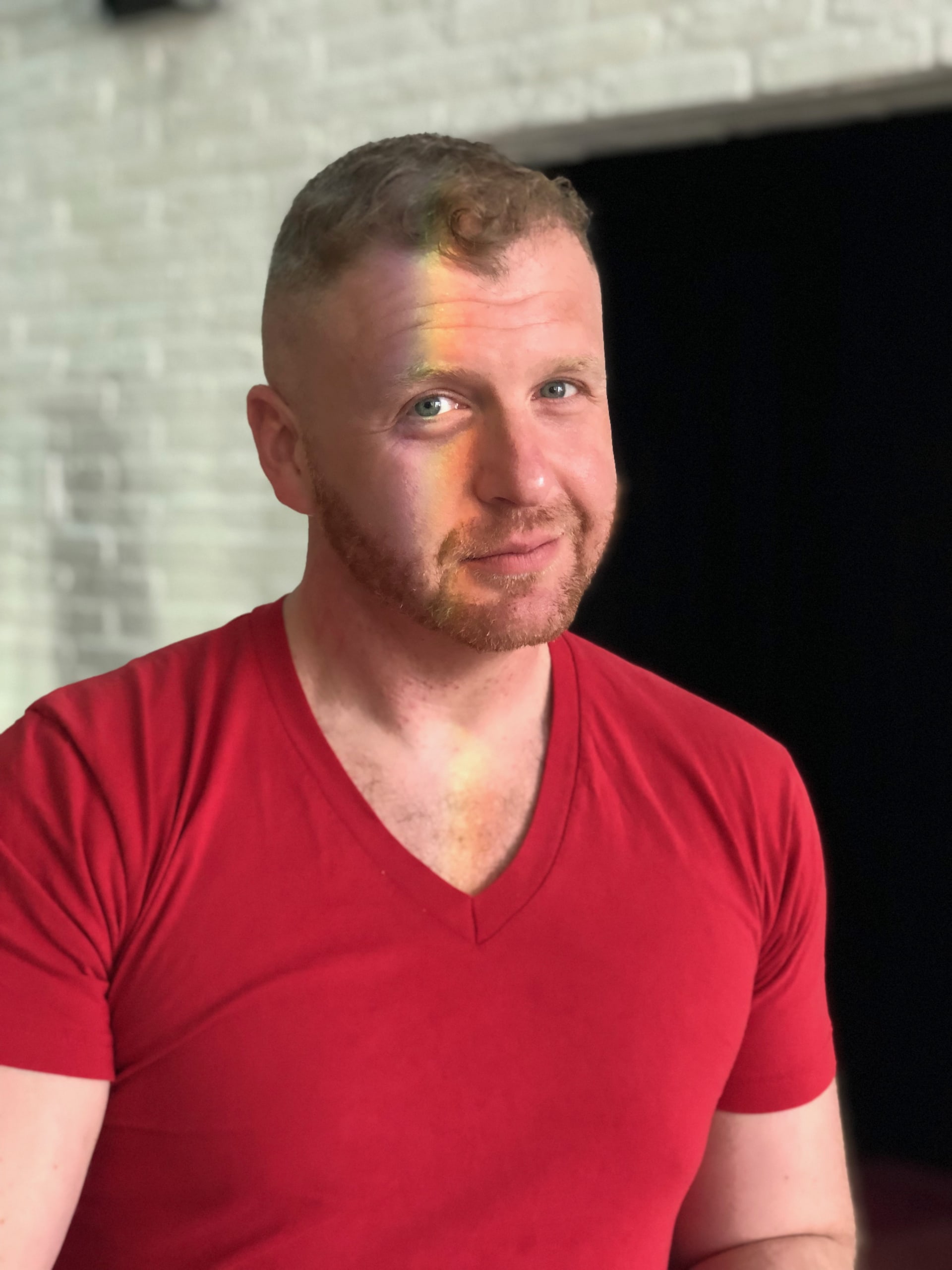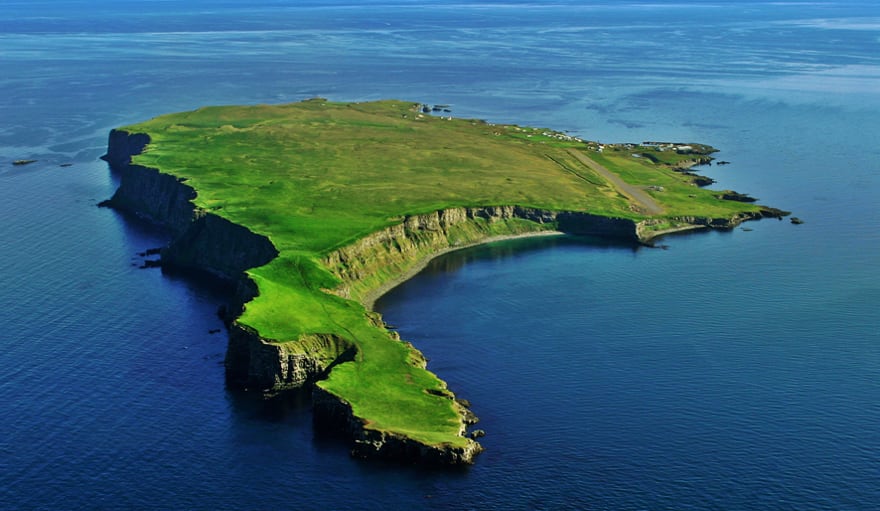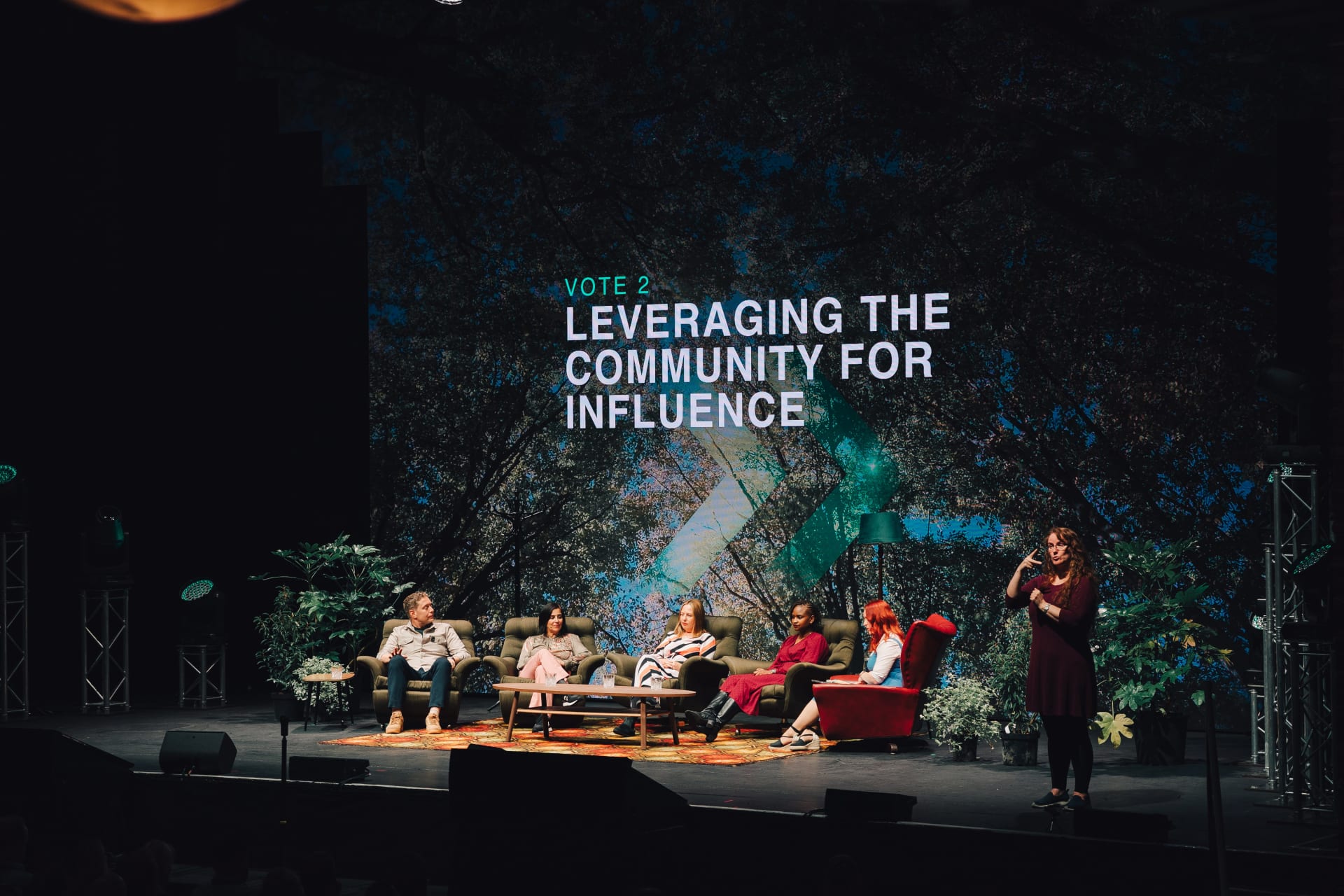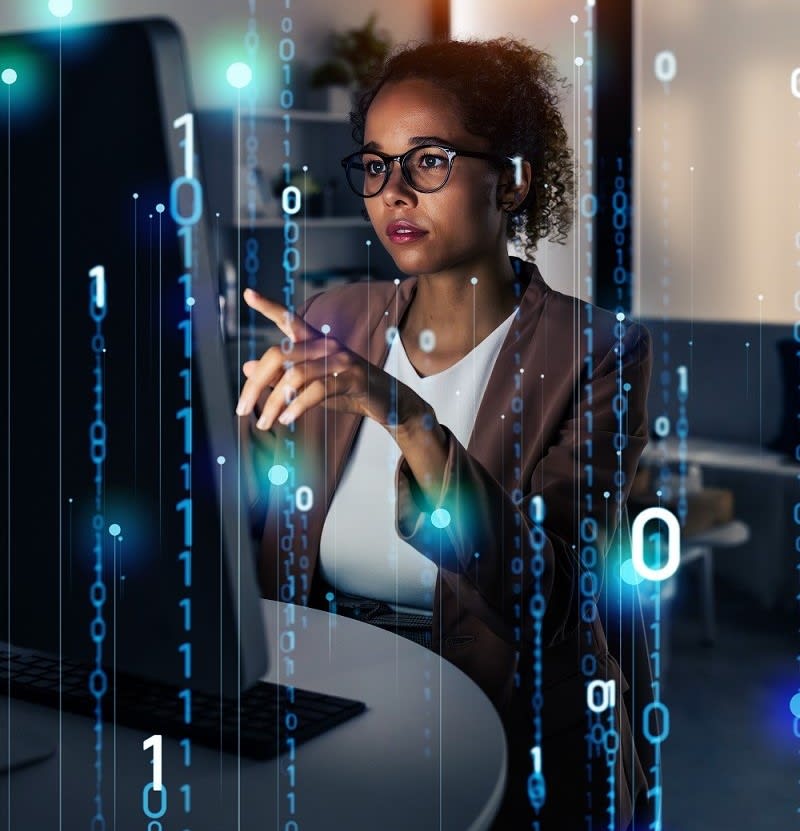Michael Vogel is a writer/producer and super geek who has been fortunate enough to work on some of the biggest brands in the entertainment industry. He has a proven track record in developing IP across features, television (prime time and cable) live action, animation and digital. His experience as a development executive at Sony Pictures Television and Hasbro Studios has given him a strong background in brand building and creating stories, characters and experiences that can live on multiple platforms. He has worked with some of the leaders in Branded Entertainment (including Marvel, Cartoon Network and Disney). He helped launch Hasbro Studios, the entertainment division of Hasbro, where he was tasked with bringing new life into brands such as My Little Pony, Transformers and GI Joe.
After spending several years as an executive, a fateful trip to Burning Man helped remind him why he moved to Los Angeles in the first place and he decided to make the leap to the creative side of the business, co-writing and co-producing the My Little Pony animated movie for Hasbro Studios and Lionsgate. He has written on several shows including Avengers Assemble, Stretch Armstrong, Micronauts, Young Justice and of course My Little Pony: Friendship is Magic. He is currently working with DHX Media, one of the world’s foremost producers of children’s entertainment, on several top-secret things that he can’t wait to talk about.
Here, Kayla Maslin speaks to Michael about being a writer and producer in animation and LGBTQ representation in children’s entertainment.
When did you first realise you wanted to go into writing and producing animations?
I was always obsessed with animation for as long as I can remember. I loved all things Disney and I’m pretty sure I watched almost every animated series on television, from He-Man to ThunderCats to Jem and the Holograms to Tiny Toon. But when I moved to Los Angeles, I was too nervous to try my hand at writing and so I started as an assistant on the executive side, in animation development. As time went on, I worked my way up, from Sony Television to Hasbro Studios and after ten years I was the VP of current and development for all of Hasbro’s television shows. There was just one problem. Even though I was working with really creative people, I wasn’t doing the creating myself. So, after a fateful trip to Burning Man where I spent a lot of time thinking about my life, my dreams and my future, I came back and quit my job and focused on being a writer and a producer on the creative side of the business. Although I always loved animation it took me a long time to gain the confidence to fully go into writing and producing.
How has the process changed over the years?
Thanks to advances in technology, what we can accomplish in animation is always improving, so the shows all look better and better. But I think the biggest change is that animation is not just for kids anymore. My generation is the first that grew up in a world where we never stopped watching cartoons. Thanks to Disney features, Pixar’s amazing films, and TV series like The Simpsons, Family Guy and South Park, we don’t look at the art of animation as ‘kids’ stuff’. That means we can tell different kinds of stories now with an older audience in mind, something that gets me very excited about the future of the industry.
When did you notice a need for LGBTQ representation on television?
I think I always realised that there weren’t any characters quite like me in the shows I watched. Like most LGBTQ kids I would look for ‘clues’ in the way certain characters talked or acted and then fill in the gaps to imagine they were more like me than they appeared on the surface. I’ve actually spoken to some of the people who created the shows I watched as a kid and I found out that many of them actually did ‘hide’ gay characters in the shows. They weren’t allowed to say a character was gay but some of those clues I was picking up on were there on purpose. That’s when I realised we had the same problem in animation that many LGBTQ kids have in life… we had a bunch of animated characters living in the closet.
How has the representation of the LGBTQ community changed since you first started in the industry?
A lot and for the better. There was a time not very long ago when, even as an out LGBTQ animation executive, I would never be allowed to put an out gay, lesbian, bi, trans, gender non-conforming or gender non-binary character in a show. If I even mentioned it (which I did many times) I was met with eye rolls and a response that was basically ‘come on… you know we can’t do that. People would freak out.’ But slowly, little by little animated shows have been pushing that boundary. A background couple here, someone’s parents there, and every time, as little as it may seem, it allows someone else on some other show to push the envelope a little bit more. LGBTQ fans are often frustrated (rightly so) by some of those smaller victories. For example, the fact that the creators of Legend of Korra couldn’t broach Korra and Asami’s relationship until the very last minute of the final episode. But the fact that they even could go there was a pretty big step forward. And then there’s shows that leap forward like Steven Universe, which just blows the doors wide open on representation. It’s an exciting time.
I was recently in a meeting for a new show I’m developing and I wanted one of the main characters to have two dads. I was ready for an argument. I was ready to fight for characters who looked and acted like me. And when I asked, the executive looked at me with confusion and responded: “Of course she can have two dads. Why wouldn’t she be able to?” The fact it was such a non-issue was amazing. So even though we still have a long way to go, I’m hopeful.
What do you hope for the future of LGBTQ awareness and education for children?
My hope is that we all continue to push the envelope to the point where LGBTQ characters aren’t just in the background anymore. I hope we can tell stories where the main characters are LGBTQ characters. They’re the ones going on secret missions, they’re rescuing princes or princesses, they’re the ones saving the world. Then the LGBTQ kids out there who are still in the closet will be able to see themselves front and center in these stories and they won’t have any of those crazy fears I had.
What is your take on the Birmingham LGBT lessons row?
I think there’s a lot of fear and confusion out there about what it means to teach kids about the LGBTQ community. The pushback in the Birmingham situation is the exact same pushback we get in the animation industry. There’s this idea that teaching about sexual orientation or gender identity equates to teaching about sex, as if the LGBTQ community is only defined by who we have sex with. People don’t seem to realise that all we want to teach about is love. We have no problem teaching children that men and women fall in love with each other, get married, have families. There’s nothing ‘inappropriate’ there. But somehow when we say that two men or two women can do the same thing, it’s like we are poisoning their minds with smut and filth. I think that probably says more about the protestors than what they are protesting about. It’s their way of keeping the LGBTQ community as something to be feared, something to keep separate. That’s why I think, now more than ever, we need to be telling our stories in children’s entertainment. We need to show that the love in our community is just as innocent and pure and true as the love in any Disney movie. Once we can all go see a kids’ animated movie where someone who looks like any of us gets true love’s kiss… that’s when we’ll know we’re truly equal.
If you could give one piece of advice to someone who wants to be a better LGBTQ ally, what would it be?
Ask questions. Listen to the answers. Find out more about our stories, our experiences and what we want in our fight for equality. Know that you have no idea what it’s like to be part of the LGBT community – and be okay with that. One of the reasons I think it’s so important to tell our stories in animation is so that future allies can see our stories at a young age. Then they can better understand what they can do and how they help. They can see where they fit in our stories.
And to the LGBTQ community, in particular the youth, themselves?
Well, it really does get better, but we all have heard that one… so in addition I will say the thing I’ve learned over and over and over again is that being LGBTQ, which at one time I thought was the absolute worst thing to happen to me, is actually my greatest strength in life. The perspective it’s given me, the community it’s introduced me to and the way it paints how I see the world have all been part of my success story. I’ve gone from the middle school kid who was afraid of being seen as ‘too girly’ to the guy that co-wrote the My Little Pony movie. It doesn’t get more glittery and filled with rainbows than that. So to the LGBTQ youth out there, whatever it is that makes you different or weird, run with that. Lean into that. Be more of that. It’s what makes you awesome.

